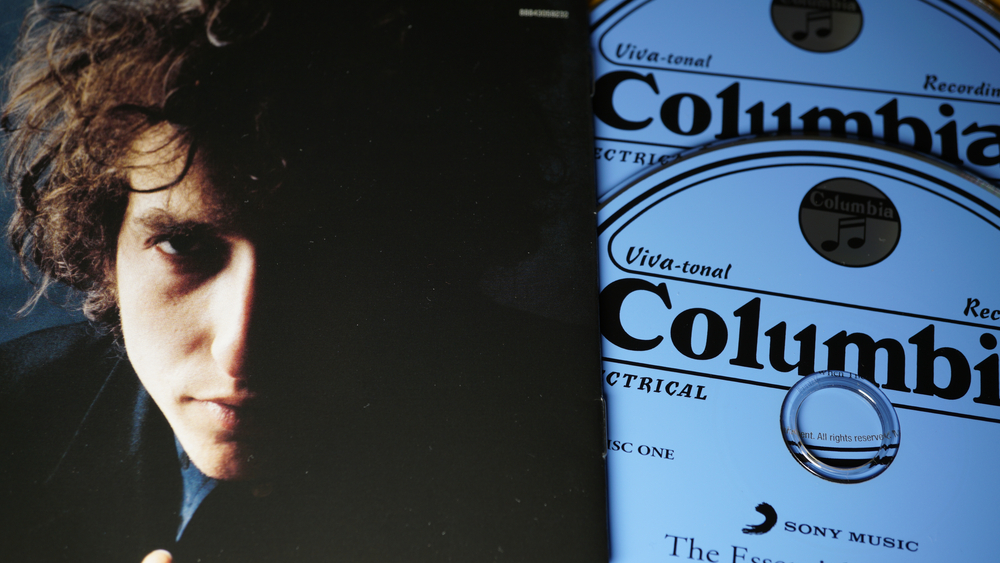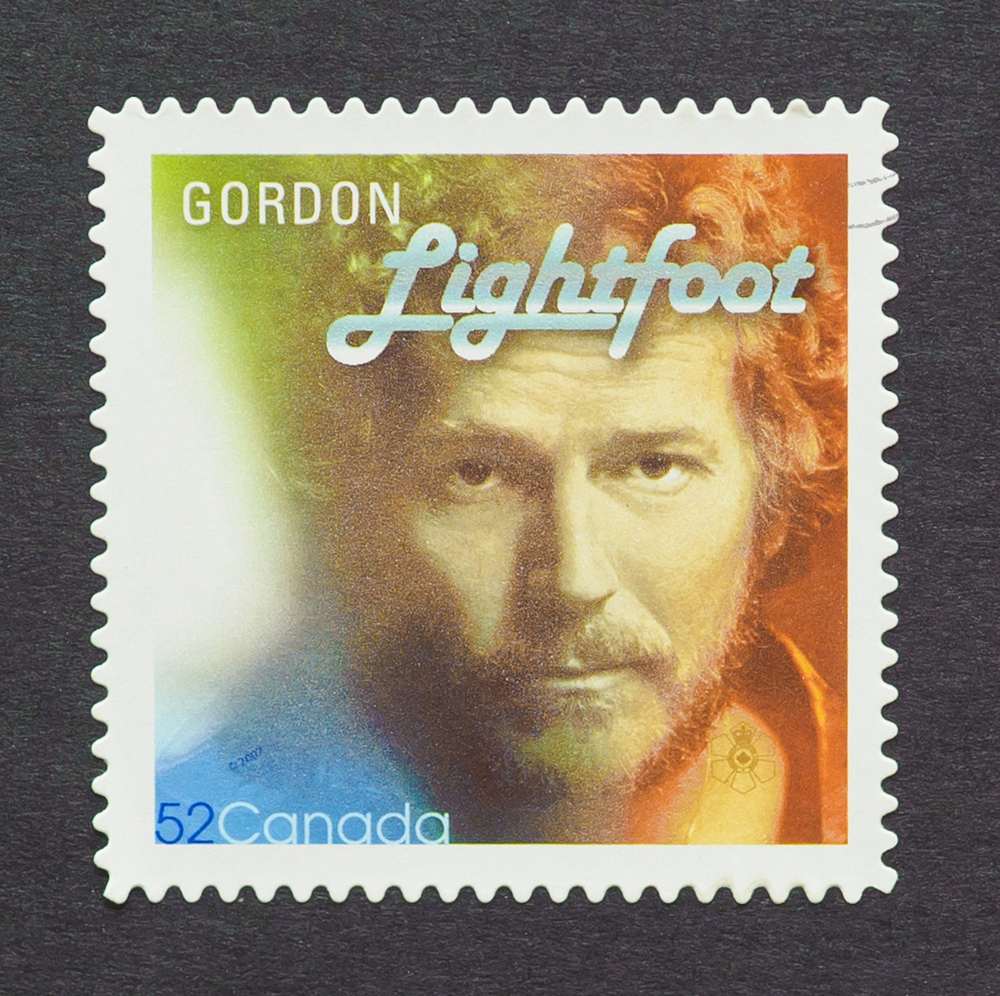Bob Dylan wrote “When the Ship Comes In” in 1963 and released it on his “The Times They Are A-Changin’ ” album in 1964. Dylan was in an angry mood when he wrote the song after a hotel clerk refused him a room, thinking the artist was a deadbeat. Dylan finally scored a room after Joan Baez verified his good character. The song is violent and vengeful, but it is also hopeful. The song’s lyrics hint at a vision of a better world built on the ideals of an enlightened generation.
Sixty years have passed since the song first appeared. Aside from a more inclusive social fabric and our ever-advancing technology, I wonder if the times have changed that much. Dylan’s words still ring true in a world where:
- The cruel and inhuman war in Ukraine rages on.
- The leading Republican candidate faces numerous indictments for fraud and other misdeeds.
- The US President’s son faces charges of selling access to his father, and the President may be implicated.
- Selfish Aramco raises oil prices despite the devastating effect it will have on the world economy.
- Oil companies make token gestures toward clean energy while sitting on their hands and raking in hundreds of billions in profits from the sale of fossil fuels.
- Billions of people continue to live under dictatorships and go to bed hungry every night.
- The clock is running out on Global Warming.
We need the social conscience and action of a generation of young people like the one we had in the sixties. Instead, we have a malaise of complacency and ignorance today with too few bright spots in between. But it’s not too late. “When the Ship Comes In” came to me in a dream. It came, literally, from out of nowhere. It must have come to me for a reason. Maybe Dylan’s resounding words will spark something in us. Here’s my cover.










